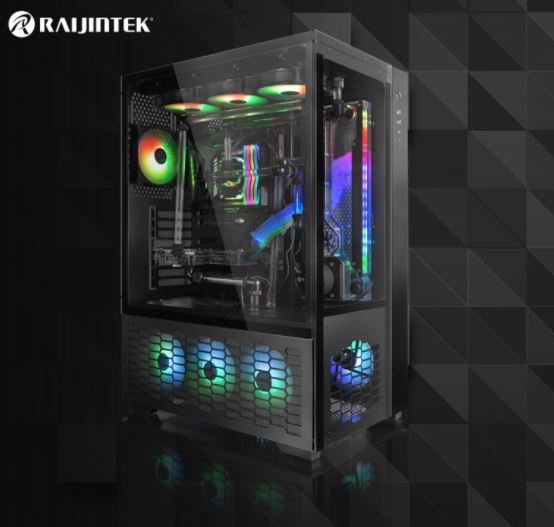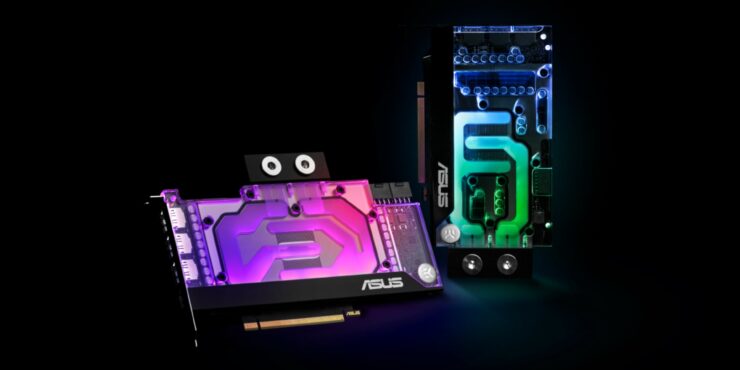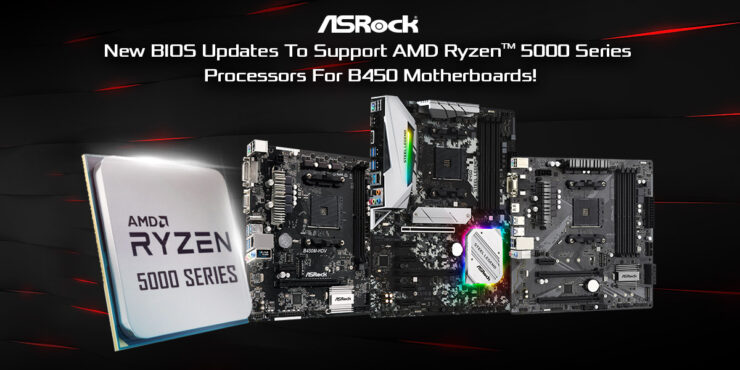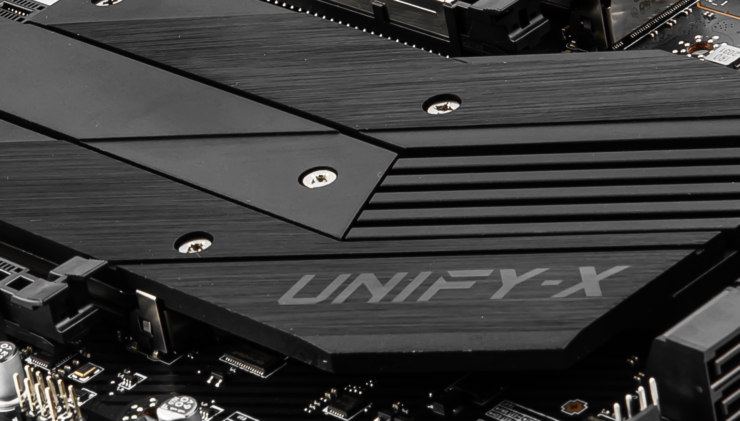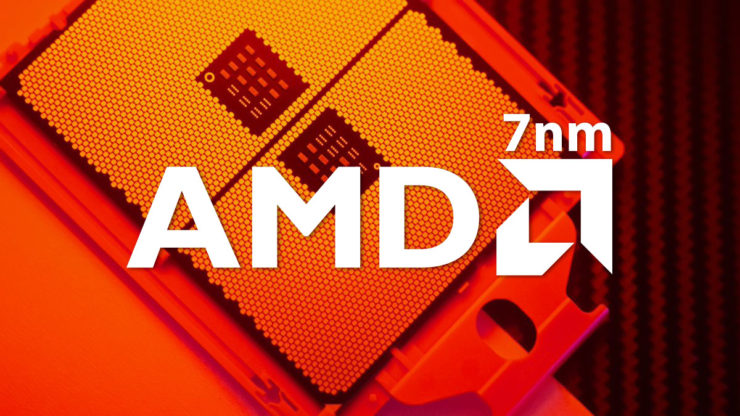
Mercury Research has revealed (via Tom’s Hardware) that AMD has captured a resounding 22.4% of the x86 market. This is a high that hasn’t been seen since 2007 and showcases AMD at its prime. These numbers come just before AMD’s Ryzen 5000 series are due to hit the market which means we will likely see AMD take a 25% (or higher) share of the x86 market by next year. With Intel’s Rocket Lake still stuck on the 14nm node, AMD is in a position to strike while the iron is hot – and it appears to be doing just that.
AMD breaches the 20% mark in x86 CPU market share, 25% within crosshairs after Ryzen 5000 series launch
The summary of the report is as follows:
- AMD overall x86 CPU share was 22.4%, an increase of 4.1 share points quarter over quarter (QoQ) and 6.3 share points year over year (YoY): Highest share since Q4 2007
- AMD desktop x86 share, excluding IoT, was 20.1%, an increase of 0.9 share points QoQ, and 2.1 share points YoY: AMD desktop share has grown over 12 consecutive quarters: Highest since Q4 2013
- AMD notebook x86 share, excluding IoT, was 20.2%, an increase of 0.3 share points QoQ, and 5.5 share points YoY: AMD notebook share has grown over 12 consecutive quarters: This is a new record for AMD x86 notebook share, eclipsing the previous high of 19.9% set in Q2 2020
- AMD client x86 share, excluding IoT, was 20.2%, an increase of 0.5 share points QoQ, and 4.3 share points YoY: Highest since Q2 2011
It is the eve of the Ryzen 5000 series launch (it will be available on November 5, 2020) and it looks like AMD is already on a breathtaking momentum when it comes to capturing market share. With the Ryzen 5000 series bringing a massive IPC uplift and having no Intel competitor (Intel’s Rocket Lake platform will not launch till Q1 2021) with PCIe 4.0 support, it looks like AMD will continue to enjoy a few more months of a free run. With Intel parts supporting only PCIe 3.0, it is not surprising that customers are beginning to defect to team red. The company’s success in the mobility side of things is due some serious credit as well:
We are seeing unprecedented demand for our AMD Ryzen 4000 mobile series processors based on leadership performance and energy efficiency. AMD Ryzen 4000 processor sales ramped faster than any mobile processor in AMD history. We are increasing production to address the incremental demand requests from our customers for AMD Ryzen 4000 series processors and are focused on growing our footprint in the notebook market.
– AMD Spokesperson to Wccftech, 8/5/2020
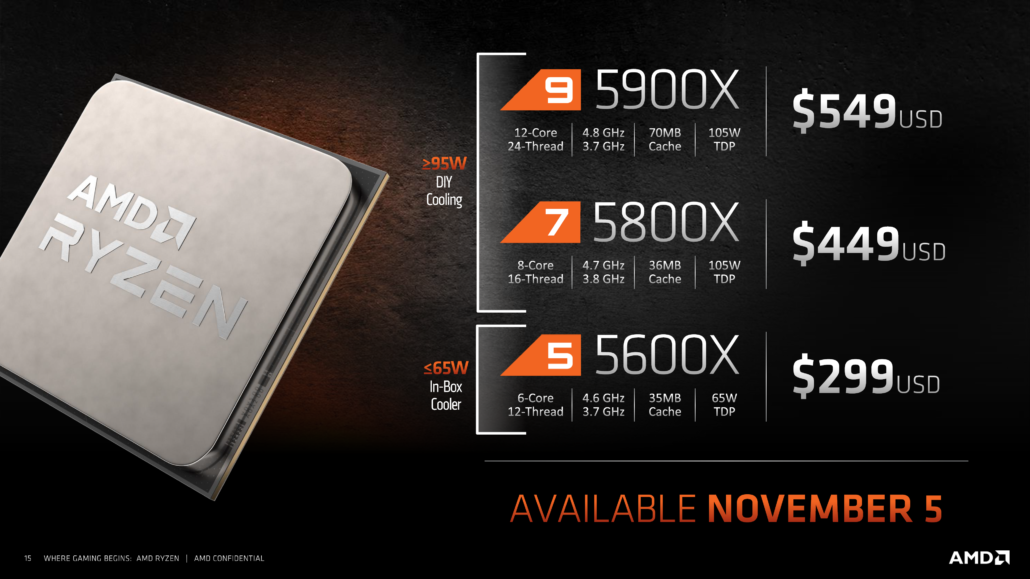
AMD’s New Ryzen 5000 Series processors are going to be a game-changer:
Featuring a remarkable 19% IPC increase over the prior generation in PC workloads, the “Zen 3” architecture pushes gaming and content creation performance leadership to a new level. “Zen 3” architecture reduces latency from accelerated core and cache communication and doubles the directly accessible L3 cache per core while delivering up to 2.8X more performance-per-watt versus the competition.
The top of the line 16 core AMD Ryzen 9 5950X offers:
- The highest single-thread performance of any desktop gaming processor5
- The most multi-core performance of any desktop gaming processor and any desktop processor in a mainstream CPU socket
The 12 core AMD Ryzen 9 5900X offers the best gaming experience by:
- Average of 7% faster in 1080p gaming across select game titles than the competition
Average of 26% faster in 1080p gaming across select titles generationally
via AMD
The only question that remains is one of supply. There have been allegations of AMD being supply constrained in the past – something we addressed in our exclusive – and with Ryzen 5000 series launching soon, the limiting factor to AMD’s growth will quickly become supply. It is dependant on TSMC for production of its wafers and with rumors of NVIDIA considering coming back to TSMC for its next generation of GPUs, the company might have to optimize its wafer mix until TSMC expands.

